Niels Leenheer
The Resilience of the World Wide Web
#1about 2 minutes
Understanding the inherent resilience of HTML
HTML is fundamentally designed to be error-tolerant and forgiving for non-professionals, unlike JavaScript which fails on simple mistakes.
#2about 2 minutes
The creation of the web by Tim Berners-Lee
Tim Berners-Lee created the World Wide Web at CERN to facilitate information sharing among scientists, with resilience built in from the start.
#3about 3 minutes
How browsers achieve forward and backward compatibility
Browsers ensure compatibility by ignoring unrecognized HTML tags and treating them as generic elements in the DOM, as seen with the noscript tag.
#4about 2 minutes
Recreating deprecated HTML tags with modern techniques
Deprecated tags like blink and marquee can be brought back to life using CSS animations, demonstrating HTML's flexibility.
#5about 7 minutes
How the HTML tokenizer parses tags and attributes
The browser's tokenizer processes HTML character by character, allowing for unconventional but valid tag names which enables frameworks like Angular and Vue.
#6about 1 minute
Why semantic HTML is still critically important
Despite HTML's flexibility with custom tags, using proper semantic elements like the button tag is essential for accessibility and built-in browser functionality.
#7about 5 minutes
How the DOM tree builder automatically corrects errors
The tree builder ensures a valid DOM by automatically inserting missing elements like html and body, and by intelligently fixing improperly nested tags.
#8about 3 minutes
Embracing the web's original spirit of creation
The web was designed for everyone to create and share content, so developers should build personal websites instead of relying solely on commercial platforms.
#9about 2 minutes
How the noscript tag actually works in browsers
The noscript tag's content is treated as plain text by the parser, which explains why it cannot be nested, styled, or contain a functional script tag.
Related jobs
Jobs that call for the skills explored in this talk.
Matching moments

00:52 MIN
Why HTML is inherently more resilient than JavaScript
The Resilience of the World Wide Web
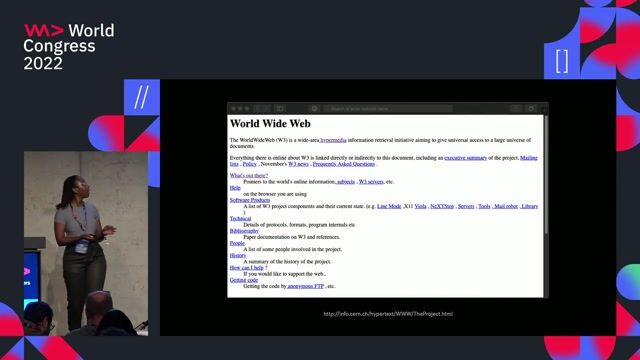
00:27 MIN
The web's foundational principle of backward compatibility
Future-Proof CSS
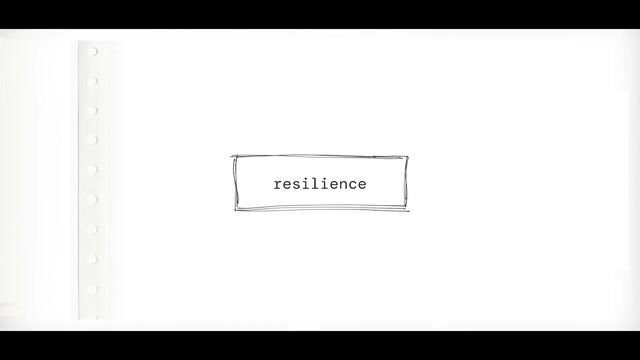
02:44 MIN
The origin of the web and its founding principles
The Resilience of the World Wide Web
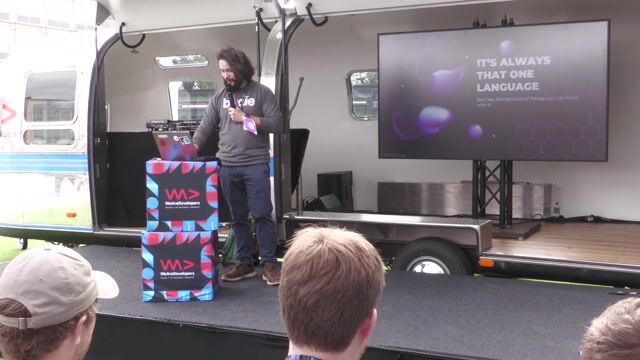
05:12 MIN
Remembering solved challenges in web development history
The year 3000, a brief history of Web Development

25:22 MIN
Exploring web development quirks and creative AI failures
WeAreDevelopers LIVE – Building on Algorand: Real Projects and Developer Tools
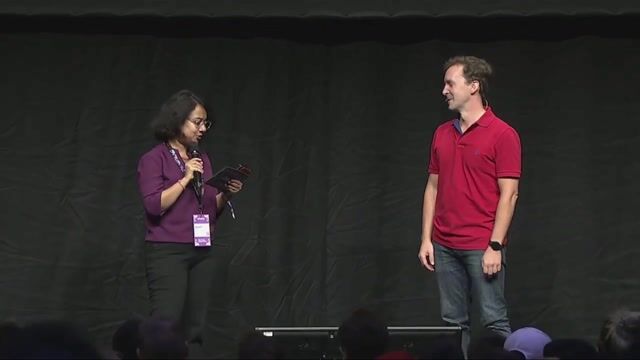
41:07 MIN
Q&A on Nitro's stability and relation to web standards
Building for the Edge - Crafting a Next-Gen Framework
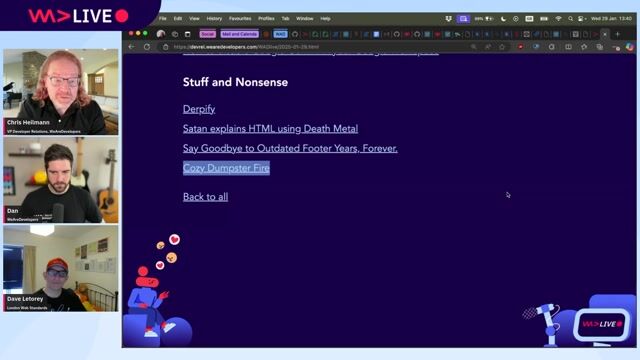
1:06:56 MIN
The evolution of London's web developer community events
Using all the HTML, Running State of the Browser and "Modern" is Rubbish
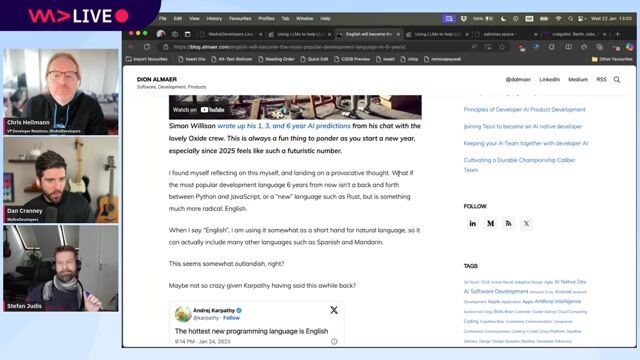
27:17 MIN
The importance of web accessibility as a core developer craft
WAD Live 22/01/2025: Exploring AI, Web Development, and Accessibility in Tech with Stefan Judis
Featured Partners
Related Videos
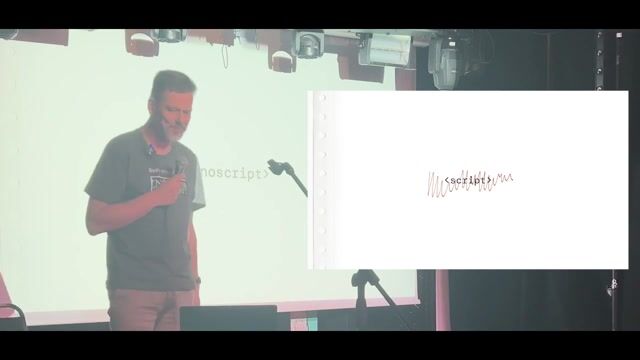 26:51
26:51The Resilience of the World Wide Web
 43:11
43:11The State Of The Web
Jeremy Keith
 14:44
14:44Catching up on the basics you don't really need that much code
Chris Heilmann
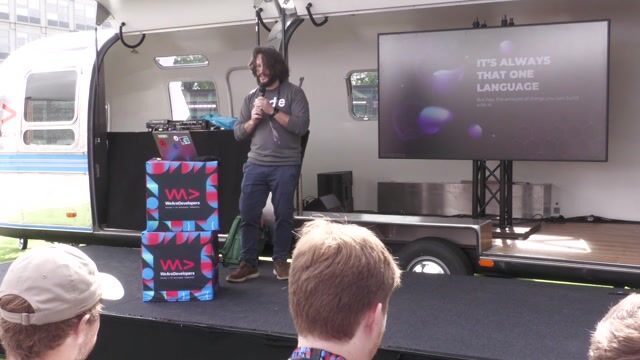 25:30
25:30The year 3000, a brief history of Web Development
Lorenzo Pieri
 1:06:20
1:06:20WeAreDevelopers LIVE – Frontend Inspirations, Web Standards and more
Chris Heilmann, Daniel Cranney & Jan Deppisch
 32:56
32:56Web development: where are we, and where are we going?
Laurie Voss
 29:11
29:11Design Principles For The Web
Jeremy Keith
 1:15:44
1:15:44Using all the HTML, Running State of the Browser and "Modern" is Rubbish
Chris Heilmann & Daniel Cranney and David Letorey
Related Articles
View all articles



From learning to earning
Jobs that call for the skills explored in this talk.




Frontend Web Developer - JavaScript | React | Angular | Vue.js | Bootstrap | Tailwind | HTML | CSS
Tech Solutions Gmbh
Berlin, Germany
API
CSS
GIT
HTML
Scrum
+5

Frontend Web Developer - JavaScript | React | Angular | Vue.js | Bootstrap | Tailwind | HTML | CSS
Tech Solutions Gmbh
Brandenburg an der Havel, Germany
API
CSS
GIT
HTML
Scrum
+5

Frontend Web Developer - JavaScript | React | Angular | Vue.js | Bootstrap | Tailwind | HTML | CSS
Tech Solutions Gmbh
Bremen, Germany
API
CSS
GIT
HTML
Scrum
+5

Senior Full-Stack JS Developer (Node.js, React)
CobbleWeb - The Online Marketplace Experts
Municipality of Valencia, Spain
Remote
GIT
REST
MySQL
Redis
+16

Frontend Web Developer - JavaScript | React | Angular | Vue.js | Bootstrap | Tailwind | HTML | CSS
Tech Solutions Gmbh
Illingen, Germany
API
CSS
GIT
HTML
Scrum
+5
